13 WORST Career-Ending Injuries in NBA History
Not every NBA story ends with a jersey in the rafters or a farewell tour filled with standing ovations. Some careers peak early, flashing greatness before a knee gives out, a back seizes up, or an injury never quite heals right.
The stories vary, but the pattern is the same: great starts, big hopes, and something breaks. Here’s a look at 25 careers that left us wondering what might have been.
Maurice Stokes
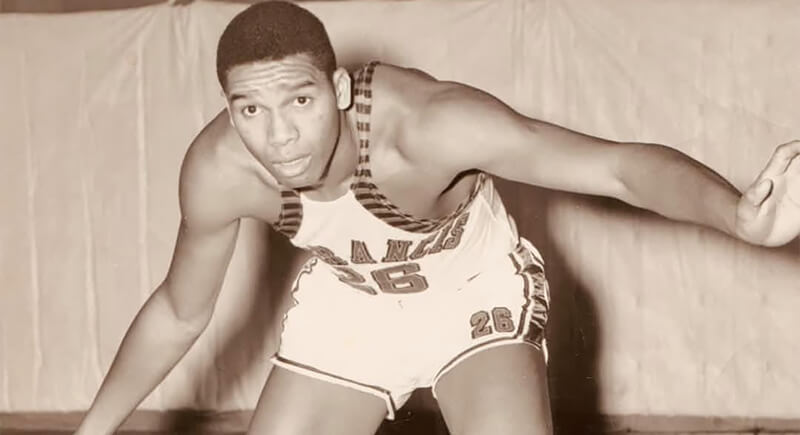
Credit: Facebook
One night in 1958, Maurice Stokes put up 25 rebounds and 12 assists—outrageous numbers for a forward in any era. But his career ended not with a slump, but a tragedy. A fall during a game caused brain trauma that left him permanently paralyzed. His teammate, Jack Twyman, became his legal guardian. Stokes died young, but his legacy is in an annual NBA award honoring selfless service.
Bill Walton
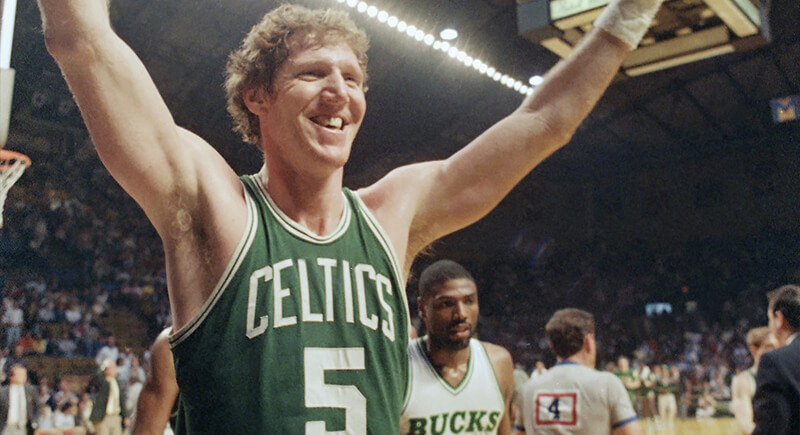
Credit: Reddit
Walton led Portland to a title in 1977 and won league MVP the next year, but chronic foot and ankle injuries kept him from playing more than 468 games total. He later won a title with Boston as a sixth man, but he could never sustain his prime form for long stretches.
Pete Maravich
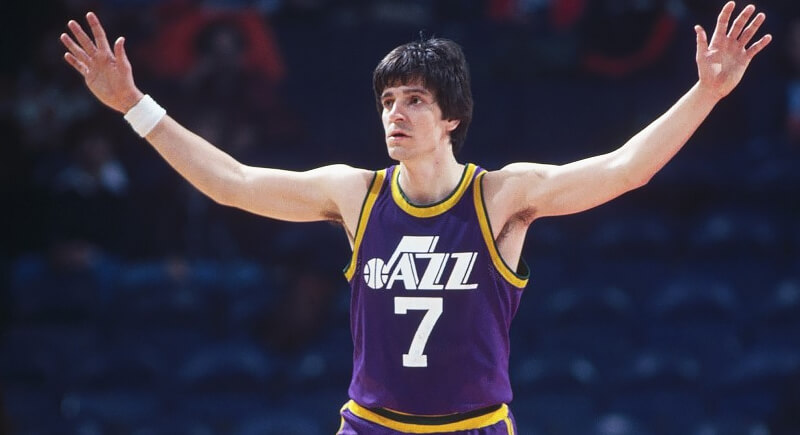
Credit: ebay
A dazzling scorer and ball handler, “Pistol Pete” was well ahead of his time. He averaged over 44 points in college without a three-point line. Read that again. But while his creativity stayed sharp, his knees did not. After only a decade in the league, his show ended abruptly.
Larry Bird
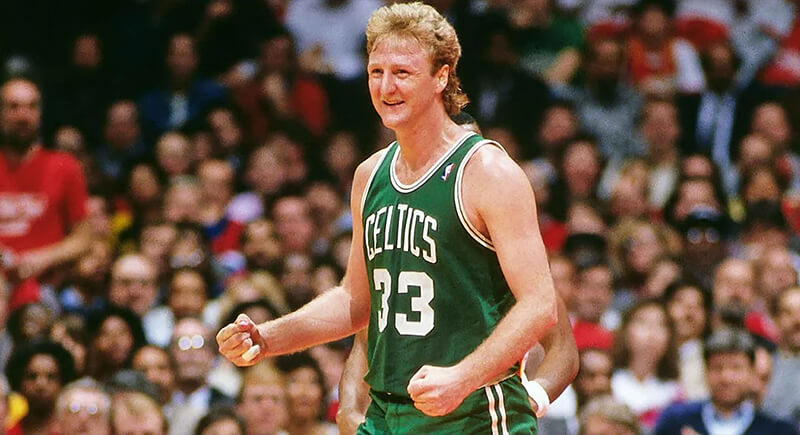
Credit: Reddit
Bird won three MVPs and led the Celtics to multiple titles, but recurring back injuries in his final seasons stripped him of his mobility. He played through pain but missed significant time and retired earlier than expected.
Grant Hill
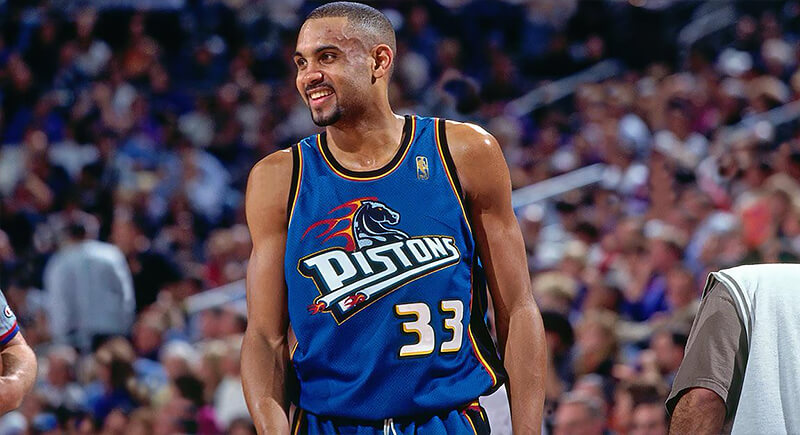
Credit: Reddit
If you had to bet on anyone in the mid-’90s to take the torch from Michael Jordan, it would’ve been Hill. He had it all—court vision, scoring touch, silky handles, and a mature game that made him look like a 10-year vet by age 24. But a botched surgery on a broken ankle led to a near-fatal infection and years of recovery setbacks. He reinvented himself later as a reliable role player, but the version of Hill that once rivaled Jordan in popularity faded too soon.
Chris Webber
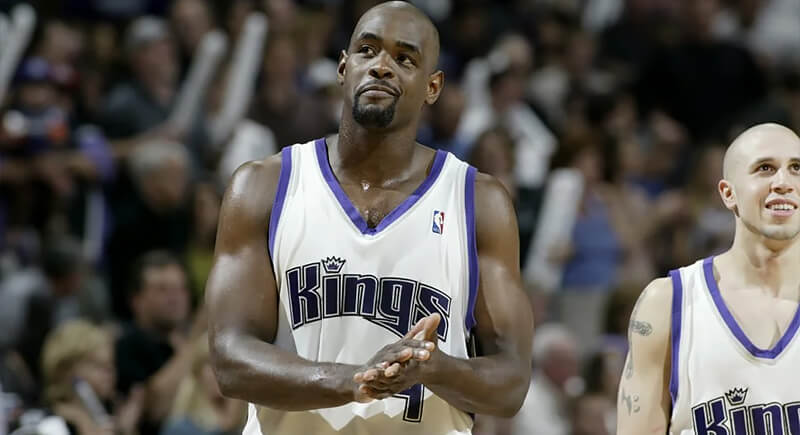
Credit: Reddit
In a parallel universe, the Sacramento Kings break through in the early 2000s, Webber grabs a ring, and we’re talking about him as one of the best power forwards ever. In this one, a devastating knee injury in the 2003 playoffs stole his bounce—and with it, Sacramento’s title hopes. Webber still had the basketball IQ and smooth touch, but the physical edge that made him special never returned quite the same way.
Penny Hardaway
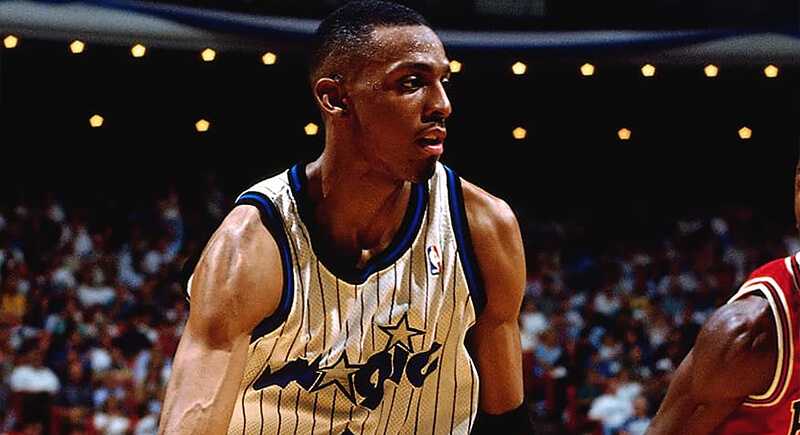
Credit: Facebook
Penny was considered one of the brightest young stars in the league during his early days in Orlando. A 6’7″ point guard with flair and vision, he helped lead the Magic to the 1995 Finals. However, knee injuries in the late ‘90s stripped him of his explosiveness, and he never returned to All-Star form.
Yao Ming
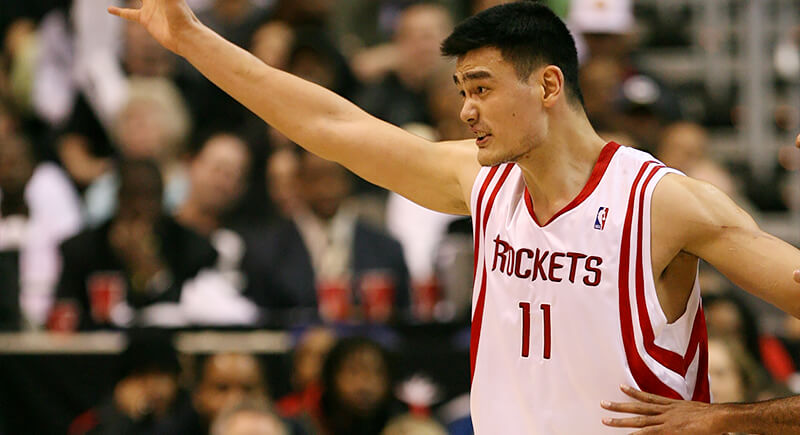
Credit: flickr
On the court, he was skilled and efficient, a true post threat who made the Rockets relevant again. But behind that composure, Yao Ming’s towering frame bore too much strain. His feet couldn’t withstand the weight of back-to-backs and long seasons. In eight years, he became a Hall of Famer. Imagine if he’d had ten.
Brandon Roy
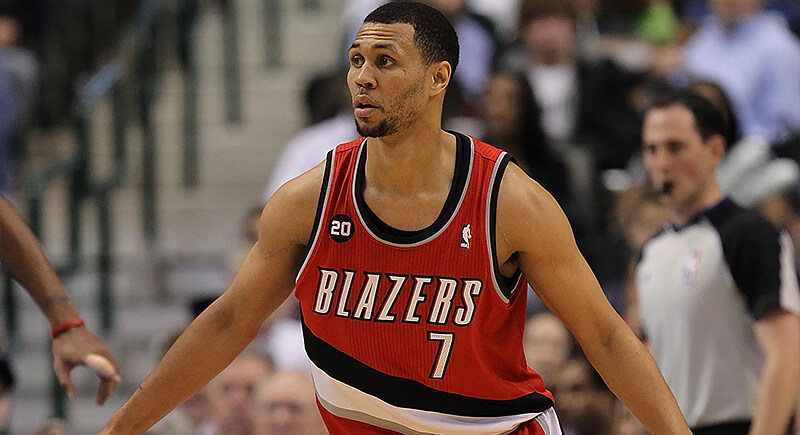
Credit: Reddit
Roy could control a game without ever forcing it. Portland thought they had their guy. By his fourth season, he was All-NBA, hitting clutch shots and making winning plays calmly. But his knees, without any cartilage left to protect them, had other plans. After a short-lived comeback in Minnesota, Roy called it quits.
Bernard King

Credit: Facebook
Bernard King made 50-point games feel routine. In the mid-80s, defenders dreaded guarding him—he had that quick release and instinctive footwork. But an ACL tear in 1985 came at the height of his dominance, back when recovery wasn’t as refined. He clawed back to All-Star status, but his prime years had already slipped by.
Amar’e Stoudemire

Credit: Wikipedia
Before the microfracture surgery, Amar’e was like a missile with a headband, exploding through the lane off Steve Nash’s pick-and-rolls and posterizing entire frontcourts. His 2005 season was something out of a video game. He returned and still put up solid numbers, especially in New York, but his burst and impact in Phoenix with Steve Nash were never fully recovered.
Kevin Johnson
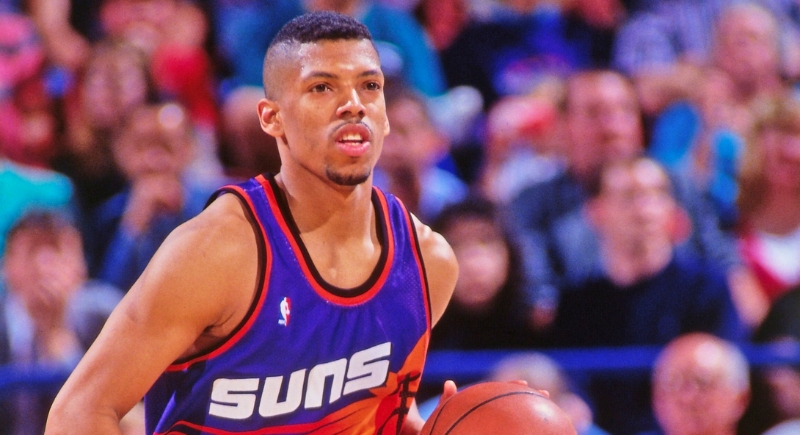
Credit: Facebook
Johnson was one of the best point guards of the early ‘90s, leading Phoenix with scoring and passing while going toe-to-toe with stars like Magic and Stockton. But multiple muscle injuries and hernia issues reduced his availability. He missed over 100 games during a four-year stretch.
Ralph Sampson
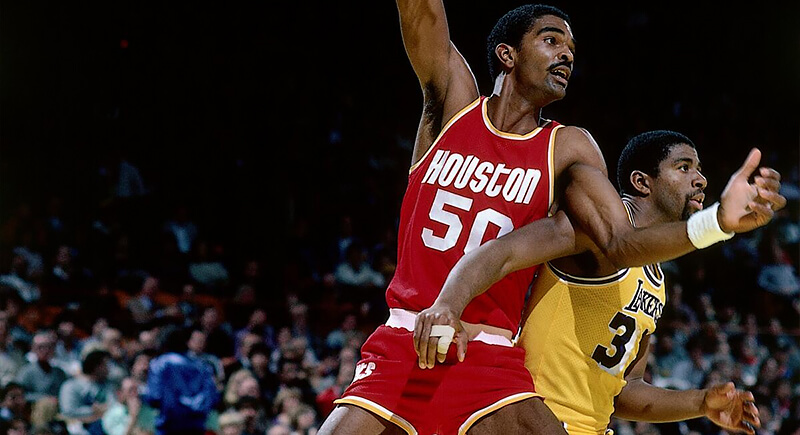
Credit: Reddit
Back when “twin towers” meant something in basketball, Sampson and Olajuwon were set to dominate the decade. At 7’4”, Ralph moved like a guard and could handle the ball with ease. He even hit the game-winner that sent the Rockets to the ’86 Finals. But persistent knee and back problems crept in fast. He was out of the league by 31.
Brad Daugherty
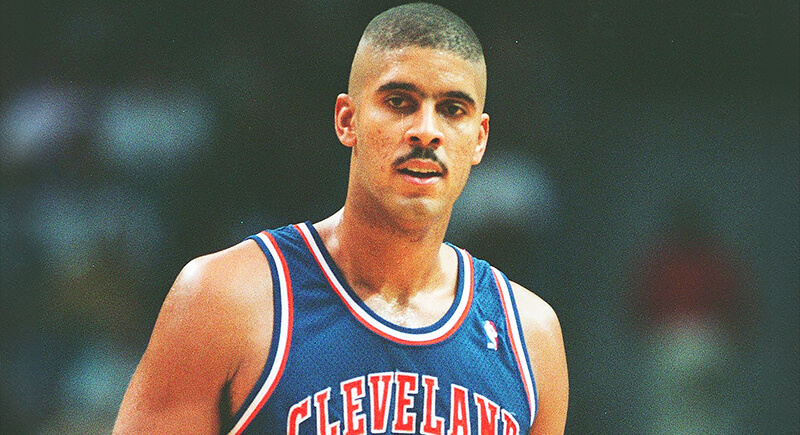
Credit: Facebook
Quietly effective and criminally underrated, Daugherty was a 20-10 machine in Cleveland and the anchor for one of the better teams not named “Bulls” during the early ‘90s. Unfortunately, a lingering back injury forced him out of the league at just 28. His game was built on fundamentals, patience, and an uncanny feel for the game. It’s easy to forget how good he was, but check the tape—this guy could play.
Danny Manning
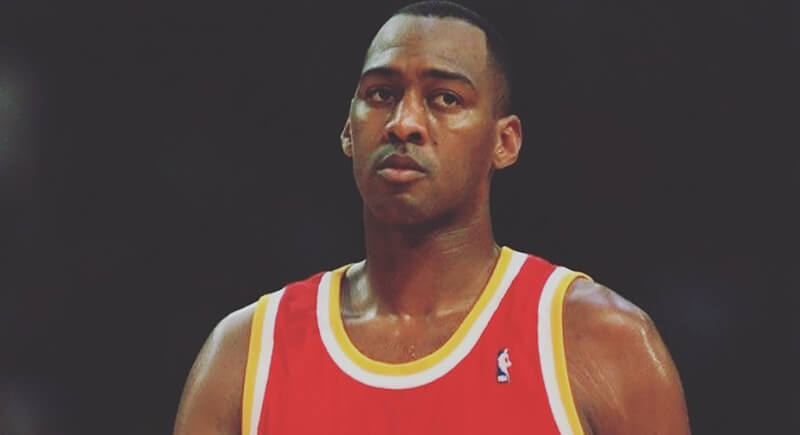
Credit: Instagram
Taken No. 1 overall in 1988, Manning tore his ACL during his rookie season. Although he returned and became a productive scorer, his knees were never the same. Multiple surgeries limited his mobility, and while he lasted 15 seasons, the dominant version of Manning never fully materialized.
Fat Lever
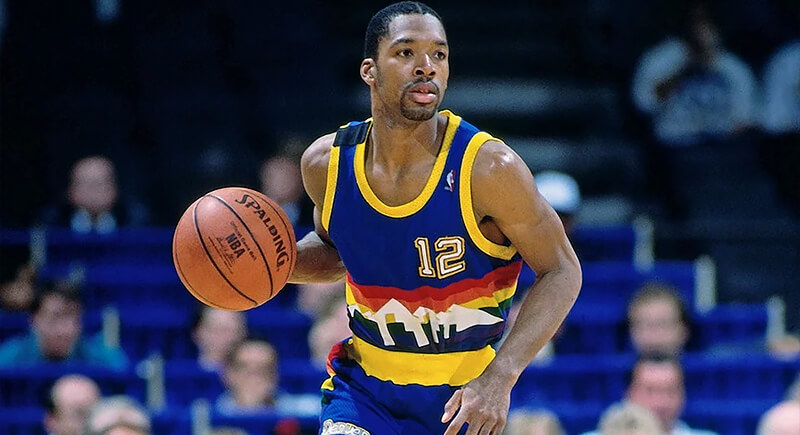
Credit: Reddit
First of all—yes, that was his actual name. Lafayette “Fat” Lever. And despite the nickname, he was one of the most agile, versatile guards of his time. In Denver, Lever casually racked up triple-doubles before they became a nightly talking point on Twitter. Points, rebounds, assists—he filled every column. Then came the ACL tear in 1990. He missed an entire season, never quite recovered his burst, and retired a few years later. The box score missed him dearly.
Jamal Mashburn
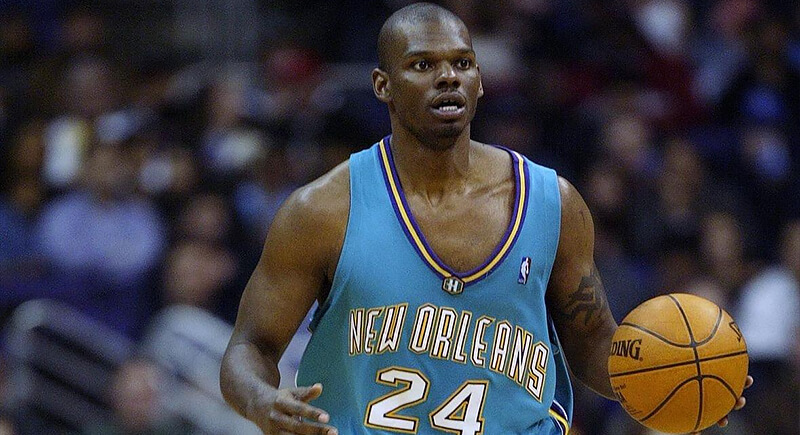
Credit: Reddit
You know a guy’s a pure scorer when he drops 20 a night in his final full season and then never plays again. That was Mashburn. He wasn’t the loudest star, but defenders hated seeing him coming with a strong frame, quick release, and smooth footwork. After joining Miami and then New Orleans, he just couldn’t stay on the court long enough to build momentum, thanks to his injured knees. He retired early, despite averaging over 20 points in his final full season.
Gilbert Arenas
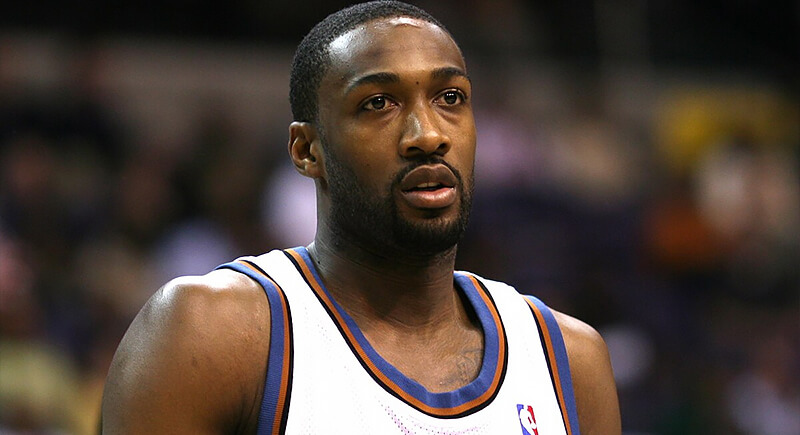
Credit: Wikipedia
In his prime, Gilbert could drop 40 without blinking and hit game-winners like he had a quota to meet. From 2004 to 2007, he was one of the league’s most feared guards. But a knee injury in 2007 changed everything. Surgeries followed, and while he made it back to the court, the bounce, swagger, and rhythm were off. Throw in some locker room drama, and the decline was rapid and hard to watch.
Jermaine O’Neal
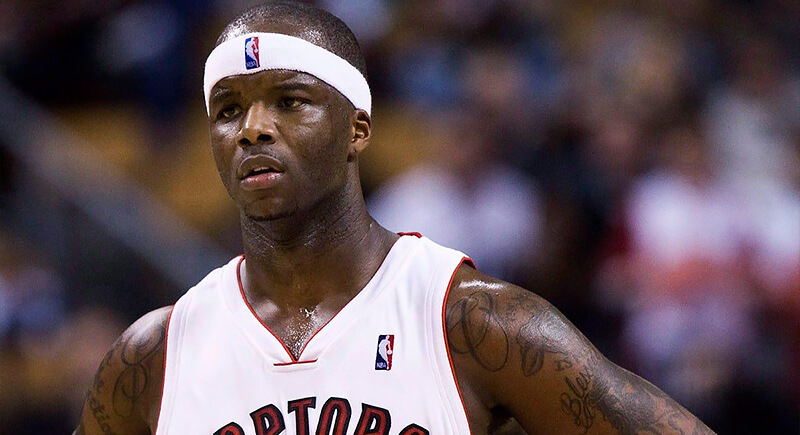
Credit: Reddit
It’s easy to forget just how good Jermaine was in his prime. At one point, he was a six-time All-Star, a top-tier shot blocker, and the face of the Pacers. But after 2005, the injuries stacked up—knee, shoulder, ankle—you name it. Though he stayed in the league for years, his role shrank dramatically, and he never came close to regaining his peak production.
Allan Houston
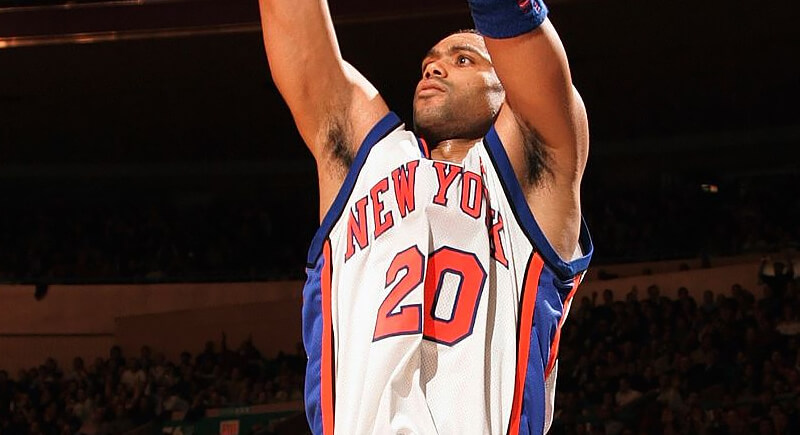
Credit: Reddit
Houston had a deadly jumper and was a centerpiece for the Knicks’ late ‘90s Finals run. By 2003, chronic knee pain kept him out of most games. He retired two years later, just as the Knicks were hoping to rebuild around him. He finished with over 14,000 points but missed his best years.
Jay Williams
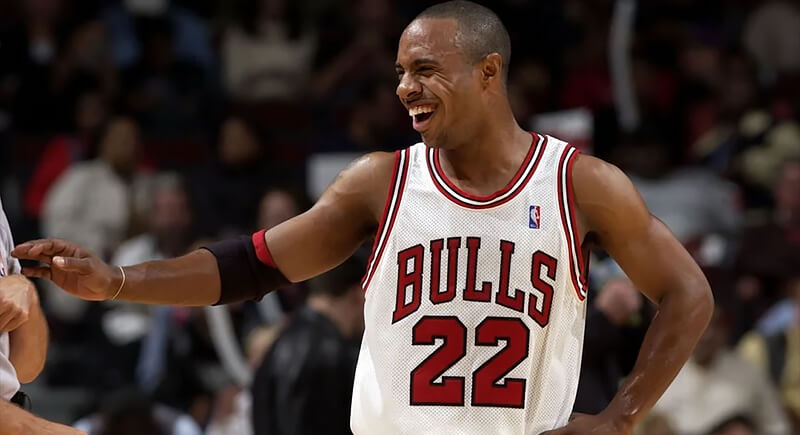
Credit: Reddit
Sometimes it’s not an on-court injury that changes everything. Jay Williams was just one season into his NBA career when a motorcycle accident shattered his leg in 2003 and, with it, his future in the league. He was the No. 2 pick in the 2002 draft and a national champion at Duke, but injuries from the crash prevented any return to NBA form despite a few comeback attempts.
LaPhonso Ellis
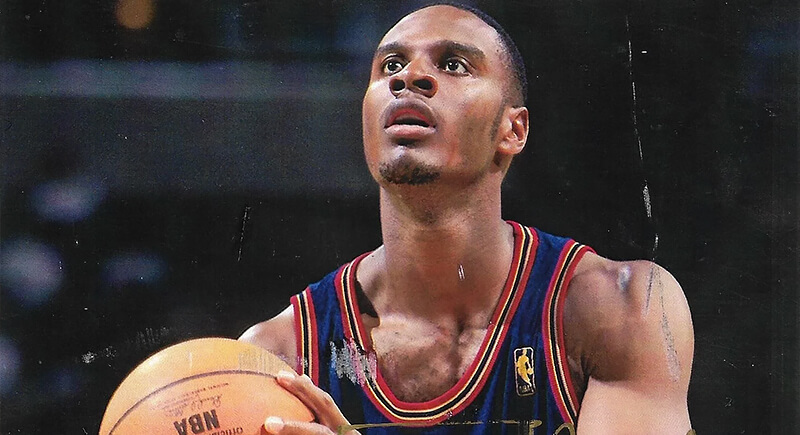
Credit: Reddit
LaPhonso came into the league looking like a future All-Star, but a stress fracture in his right knee changed everything. Further injuries and a sports hernia followed, and he never matched his early production. A long career followed, but the star-level promise faded.
Greg Oden
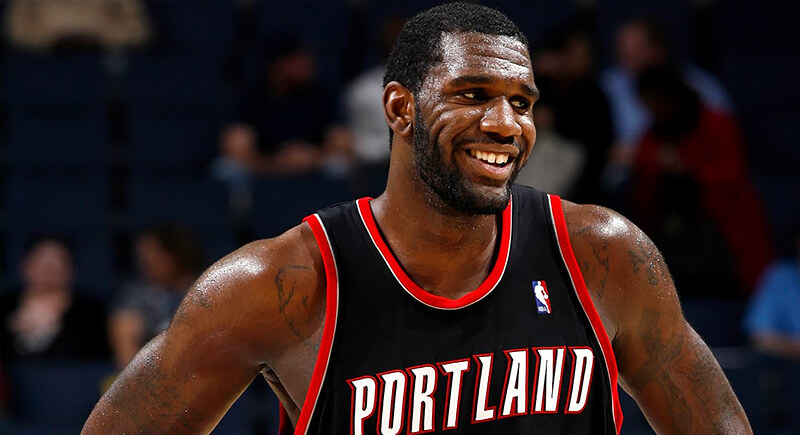
Credit: Facebook
Drafted ahead of Kevin Durant in 2007, he was supposed to be the next great big man, built like a defensive fortress with offensive upside to match. But he spent more time in surgery than on the court. Chronic knee problems limited him to just 105 games over seven years. No one ever questioned the potential. It just never had the chance to breathe.
Larry Johnson
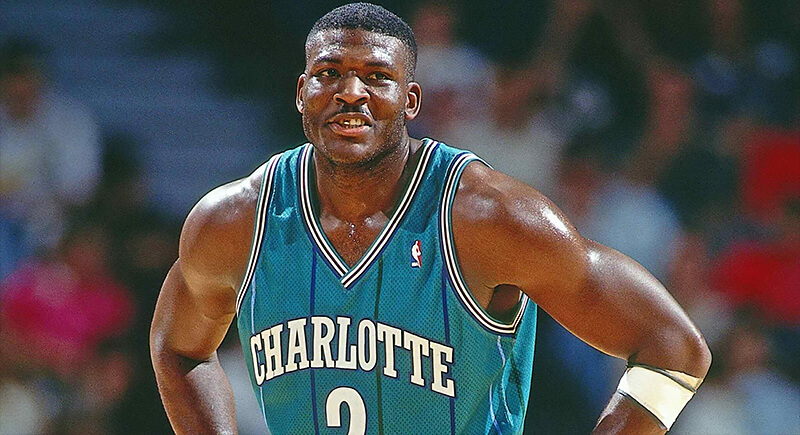
Credit: Facebook
Before the back issues, Larry Johnson was explosive. He was “Grandmama” in Converse ads and an absolute force on the block for Charlotte. But after the injury, he had to reinvent himself as a perimeter player with a reliable three-point shot—smart, effective, but not nearly as imposing. New York got a version of LJ that could still make plays, but the power and athleticism that made him special had been dialed down for good.
Tracy McGrady
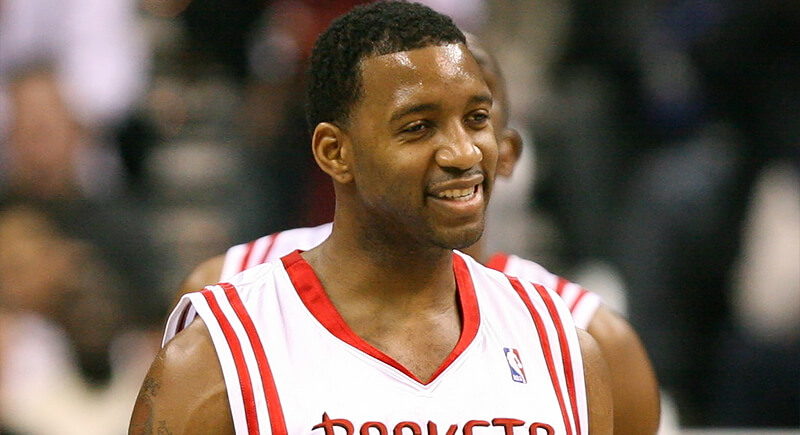
Credit: Wikipedia
At his best, McGrady was a scoring machine with elite vision and athleticism. But back spasms, knee trouble, and shoulder problems forced him into multiple surgeries and robbed him of his prime. He still made the Hall of Fame, but his peak was shorter than it should’ve been.